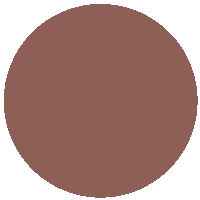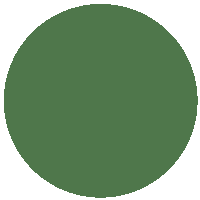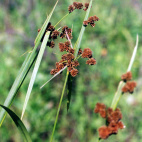Color
Availability
USDA Zone
Region
Type
Duration
Season
Germination
Soil
Sunlight
Height
Narrow Your Search
Color
Availability
USDA Zone
Region
Type
Duration
Season
Germination
Soil
Sunlight
Height
US Native Grass Seeds
The species on this page are not all technically classified as grasses, but the average gardener would probably call them "grass". Here you will find a variety of seeds of native grasses, sedges, reeds, and rushes. You might not think of grass as being as beautiful as flowers, but some of these wild grasses really are beautiful in their own way. Many of the native prairie grasses turn color in autumn, and the rusty bronze color of the stems adds a real fall aura to the planting. Winter birds benefit from the wild grass seeds, and small animals use the thick undergrowth for cover. The biomass of the grass is also the primary source for fuel when a prairie planting undergoes a planned burn.
-
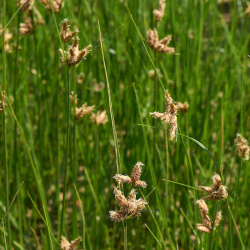 Chairmaker's Rush Seeds
Scirpus pungens
The stems of this native rush were actually used for weaving sturdy chair seats in years gone by. This perennial is a widespread species and is used extensively in wetland restoration projects.Quick Viewx
Chairmaker's Rush Seeds
Scirpus pungens
The stems of this native rush were actually used for weaving sturdy chair seats in years gone by. This perennial is a widespread species and is used extensively in wetland restoration projects.Quick ViewxChairmaker's Rush Seeds
Scirpus pungens
The stems of this native rush were actually used for weaving sturdy chair seats in years gone by. This perennial is a widespread species and is used extensively in wetland restoration projects.
$3.48 Pkt - $40.00 / Oz -
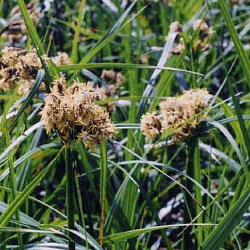 Dark Green Bulrush Seeds
Scirpus atrovirens
Because of it's aquatic nature, this native rush needs a constant supply of water. It is a common sight in wetlands, marshes, lakes, and ponds. This hardy perennial grows best in the cool seasons of spring and fall.Quick View$2.98 Pkt - $11.88 / Oz
Dark Green Bulrush Seeds
Scirpus atrovirens
Because of it's aquatic nature, this native rush needs a constant supply of water. It is a common sight in wetlands, marshes, lakes, and ponds. This hardy perennial grows best in the cool seasons of spring and fall.Quick View$2.98 Pkt - $11.88 / Oz -
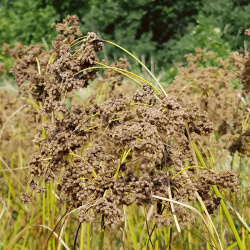 On Sale!
Wool Grass Seeds
Scirpus cyperinus
As the name suggests, this native wetland rush produces a wooly material in its mature seed heads. It makes a unique addition to a water garden or stream bank.Quick View$3.25 Pkt - $15.95 / Oz
On Sale!
Wool Grass Seeds
Scirpus cyperinus
As the name suggests, this native wetland rush produces a wooly material in its mature seed heads. It makes a unique addition to a water garden or stream bank.Quick View$3.25 Pkt - $15.95 / Oz
The species on this page are not all technically classified as grasses, but the average gardener would probably call them "grass". Here you will find a variety of seeds of native grasses, sedges, reeds, and rushes. You might not think of grass as being as beautiful as flowers, but some of these wild grasses really are beautiful in their own way. Many of the native prairie grasses turn color in autumn, and the rusty bronze color of the stems adds a real fall aura to the planting. Winter birds benefit from the wild grass seeds, and small animals use the thick undergrowth for cover. The biomass of the grass is also the primary source for fuel when a prairie planting undergoes a planned burn.
